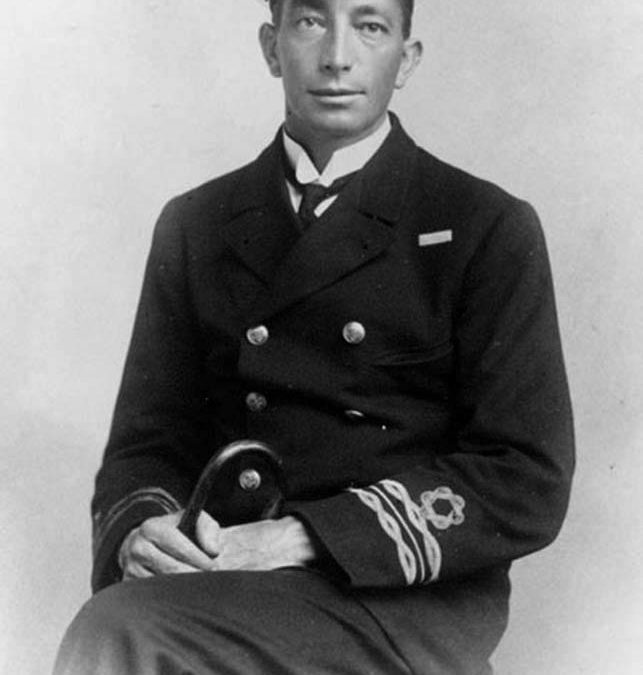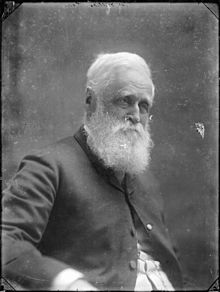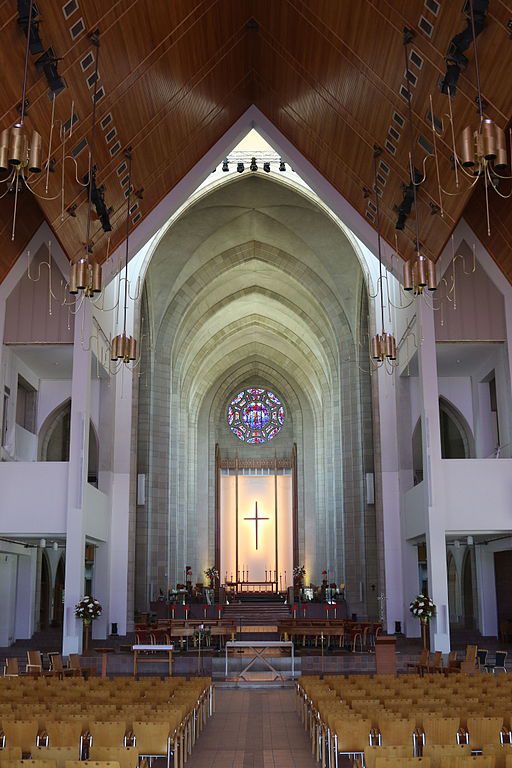William Sanders was born in Auckland on 7 February 1883. He grew up in Takapuna where his father dug Kauri Gum and ran a cobbling business. Sanders took a job as a cabin boy when he was 15 and spent the next 16 years on a variety of merchant ships rising to master by 1915. Sanders spent a year on the Government steamer NZGSS Hinemoa, which was used to supply lighthouses, service navigation buoys, and restock and maintain depots for castaways on the remote sub-Antarctic islands.
With the outbreak of WW1 Sanders applied for the Royal Navy Reserve, but was not called up so instead worked as an officer on the troopships transporting New Zealand soldiers to the Middle East and England. In April 1916, Sanders was in London and had been selected for training as a Sub-Lieutenant with the Royal Navy Reserve. Some time was spent on mine-sweepers in the English Channel until September, when Sanders was appointed as second in command aboard the Q-ship HMS Helgoland, under fellow New Zealander Lieutenant A.D. Blair.
Q-ships were an anti-submarine decoy operation developed by the Royal Navy during the war. Seemingly unarmed merchant ships were used to lure German submarines near to the Q-ship. Ruses used included a ‘panic party’ – a group of men who would take to the ship’s boats apparently abandoning the vessel, and the generation of smoke to give the impression that the ship was on fire. Once the submarine had closed near to the ship, screens hiding heavy guns were dropped and the guns opened fire on the submarine.
The Helgoland participated in two battles with German Submarines while Sanders was aboard, in September and October 1916.
Sanders was given command of a Q-ship in April 1917 – the topsail schooner HMS First Prize – and it did not take long before Sanders and his crew were engaged with the enemy. On 30 April the Prize encountered a U-boat off south-west Ireland. U-93 opened fire, and during 25 minutes of intense shelling, the Prize waited for the submarine to close. Sanders remained calm throughout the bombardment, crawling along the ship to reassure the crew. The concealed crew then fired on the submarine, destroying its conning tower. U-93 was last seen on fire and sinking; only three of the complement were rescued. For this action Sanders was awarded the Victoria Cross and promoted to lieutenant commander. It was not realised that U-93 had been brought under control by the surviving crew and returned to Germany.
In June, the Prize encountered another U-boat and during this fight Sanders was wounded in the arm, the Prize suffered significant damage being hit by 30 shells from the German boat. Once again though, both vessels were able to return to their home waters, the Germans providing a full description of the Prize and her Q-ship tactics. Sanders received the DSO for his part in this action.
Sanders and the Prize were lost on the ship’s fourth patrol in August 1917. Encountering U-48, whose Captain appears to have been aware that the Prize was acting as a decoy, Prize was stalked and torpedoed during the early hours of the morning of 14 August. She went down with all hands.
Sources: Sources. Grant Howard, “Gunner Billy”, Devonport, Auckland: The Navy Museum, 2007.
http://navymuseum.co.nz/worldwar1/people/lieutenant-commander-william-edward-sanders/
http://www.teara.govt.nz/en/1966/sanders-lieutenant-commander-william-edward-vc-dso-rnr
http://www.teara.govt.nz/en/biographies/3s2/sanders-william-edward
https://en.wikipedia.org/wiki/William_Edward_Sanders
William Sanders
Died 1917
Block F Row 44 Plot 221




